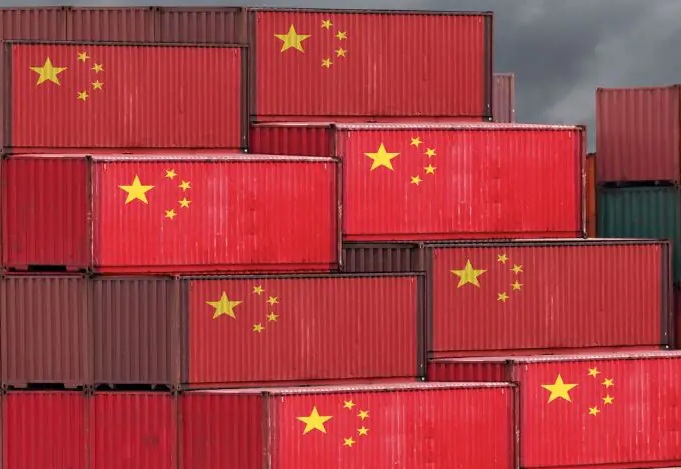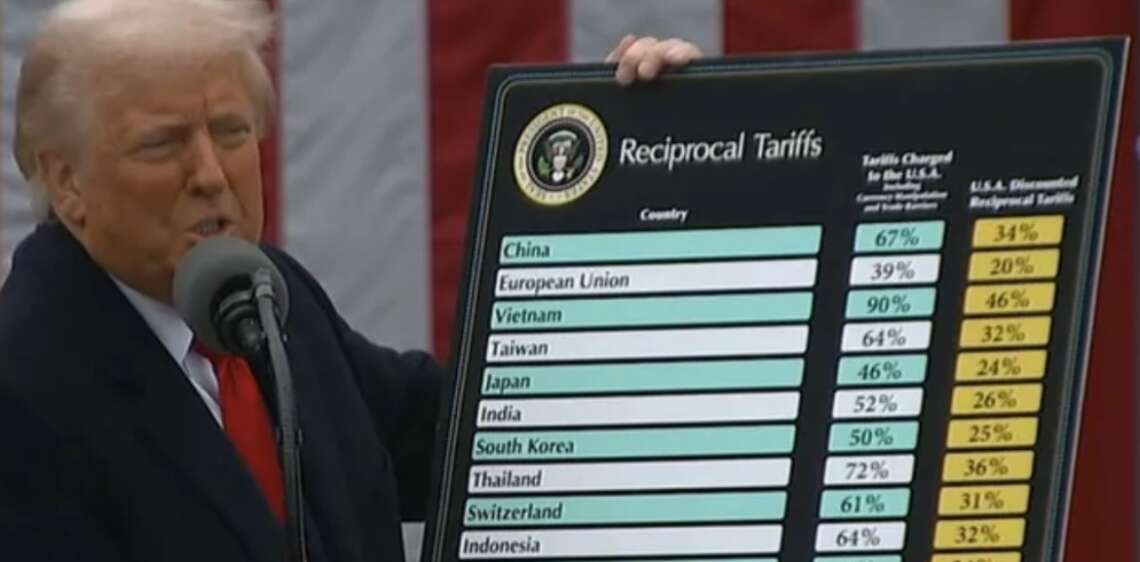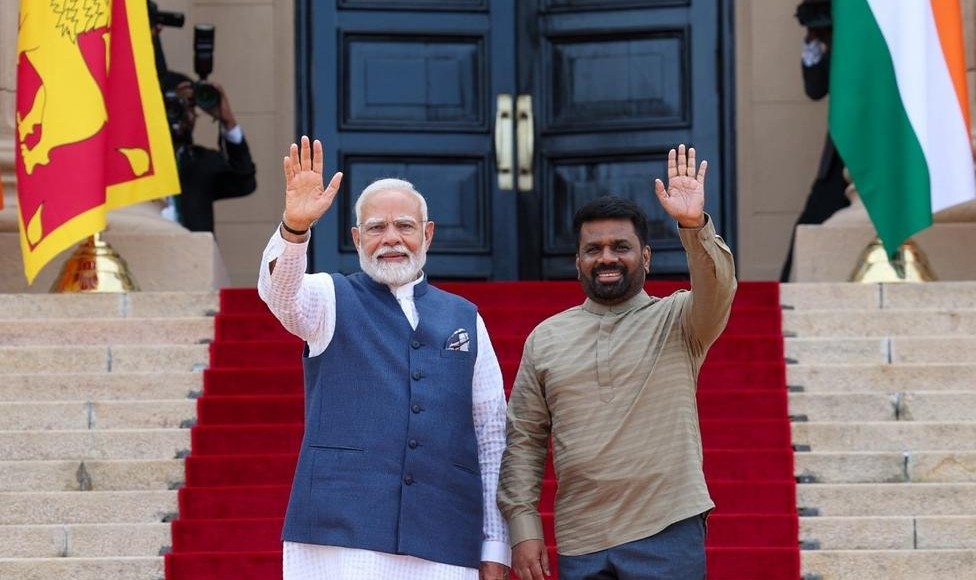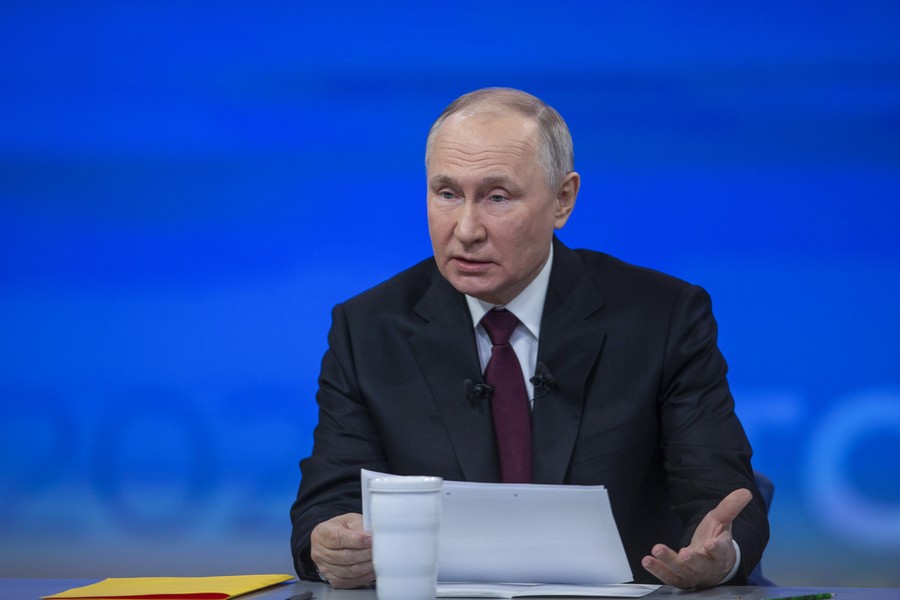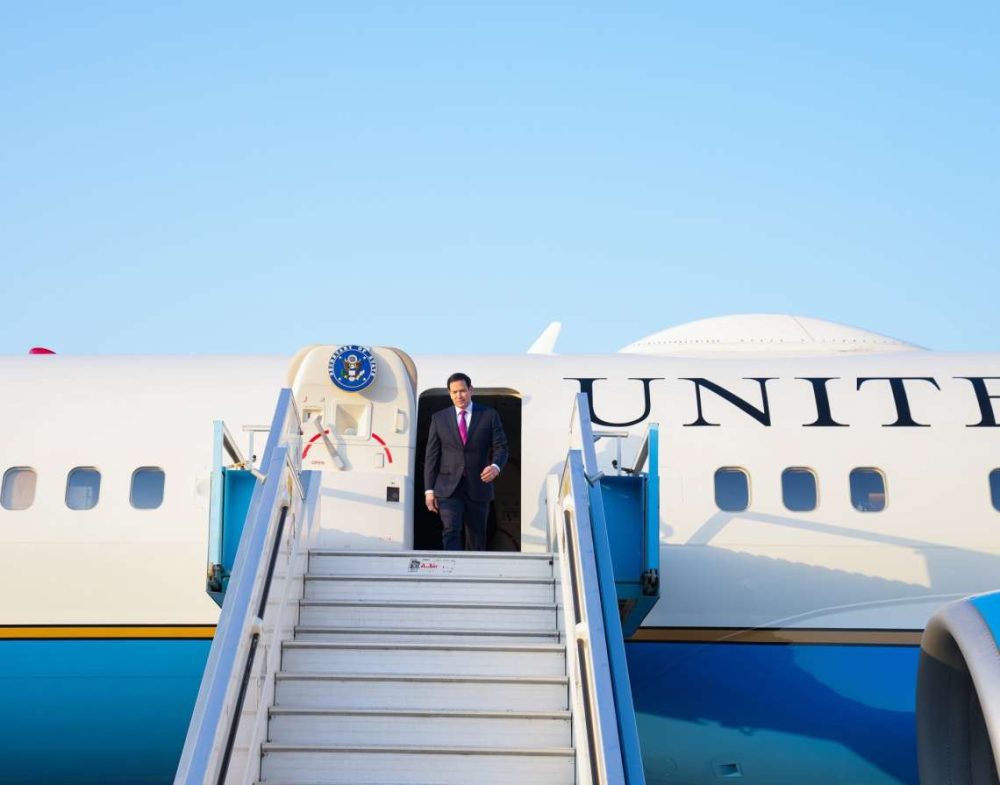India has ramped up monitoring of Chinese imports amid growing concerns of cheap goods being redirected into the Indian market following the United States’ steep tariff hike on Chinese exports.
Commerce Secretary Sunil Barthwal has reportedly convened multiple high-level meetings to assess the impact and develop a strategic response. Government officials are also engaging with industry stakeholders to understand market dynamics and to safeguard domestic producers.
The Commerce Ministry, which had already been closely tracking Chinese steel imports after earlier rounds of US tariffs, has now expanded its surveillance to include a broader range of products. “The watchlist has widened,” a senior government official confirmed.
The US tariff hike, announced by President Donald Trump, includes an additional 34 per cent duty on Chinese goods—raising total tariffs to 54 per cent. China has hit back with matching duties and export restrictions on critical rare earth metals used in electronics and defence industries. Several US firms in the defence sector have also been targeted in retaliatory Chinese sanctions.
While India has not been spared—its exports to the US now face a 27 per cent tariff hike—the impact is expected to be limited. A report by SBI Research noted that India’s exports to the US form just 4 per cent of its GDP. The relatively lower tariffs imposed on Indian goods, compared to 34 per cent on China and 46 per cent on Vietnam, may in fact offer India a competitive edge in select sectors.
Textile exports from countries such as Bangladesh, Vietnam, and China are expected to slow due to inflationary pressures triggered by higher US tariffs. While India’s $7 billion textile exports to the US may be affected in the short term, the long-term outlook is positive as global buyers seek alternative sourcing destinations.
In the electronics sector, where China faces tariffs as high as 79 per cent, India may stand to gain. With $9 billion worth of electronics exports to the US during April-December FY25—accounting for 15 per cent of India’s total exports—Indian firms are well-positioned to expand market share.
As global trade routes shift in the wake of tariff escalations, India is eyeing an opportunity to reposition itself as a key supplier in high-value sectors while shielding its economy from potential dumping.


